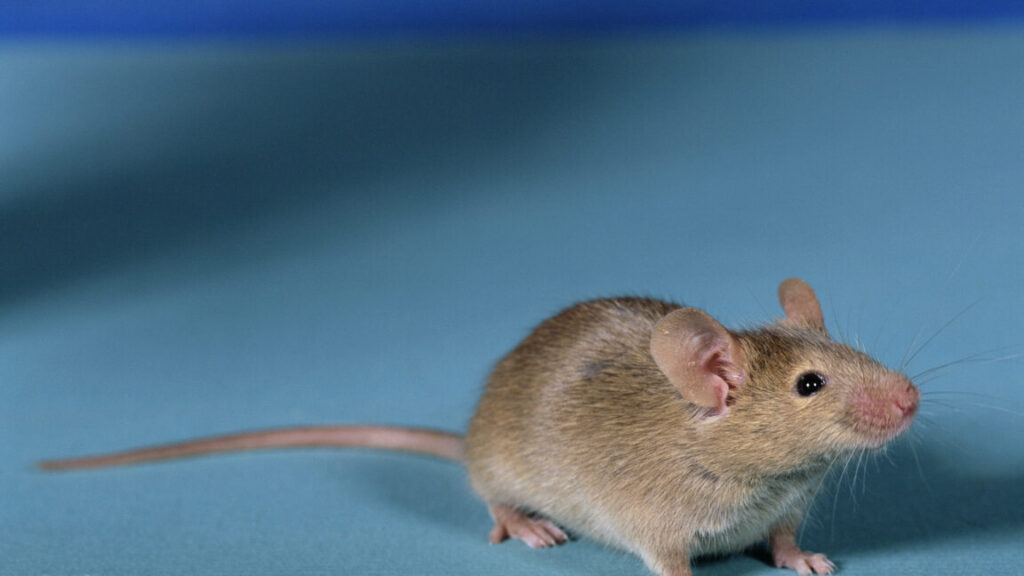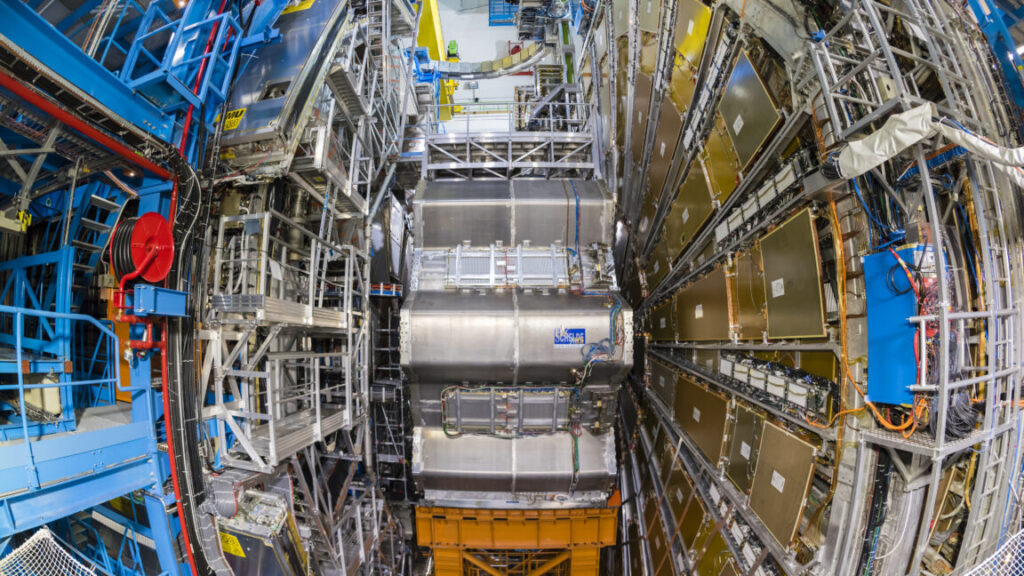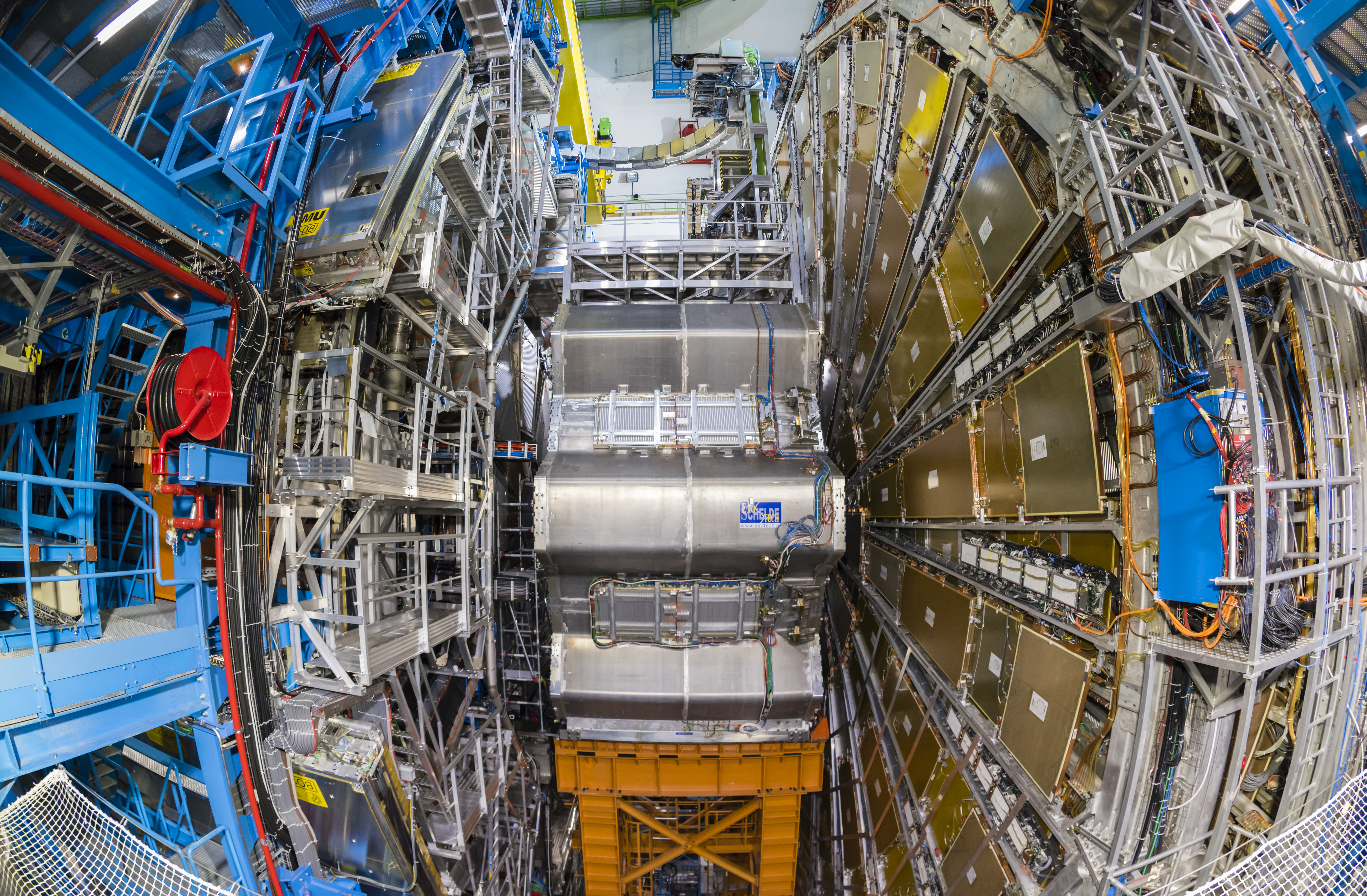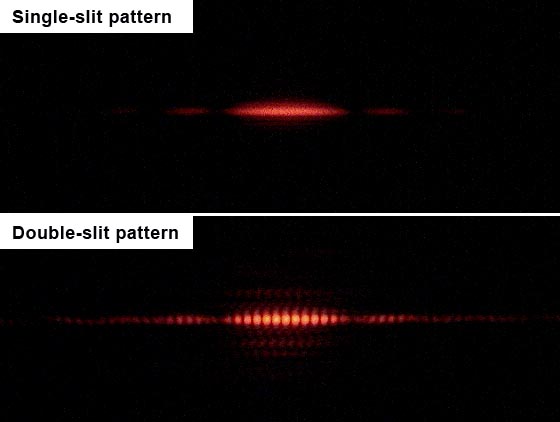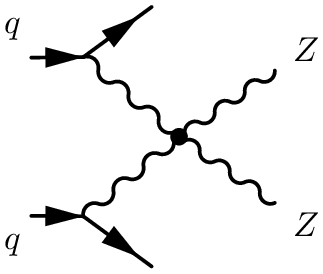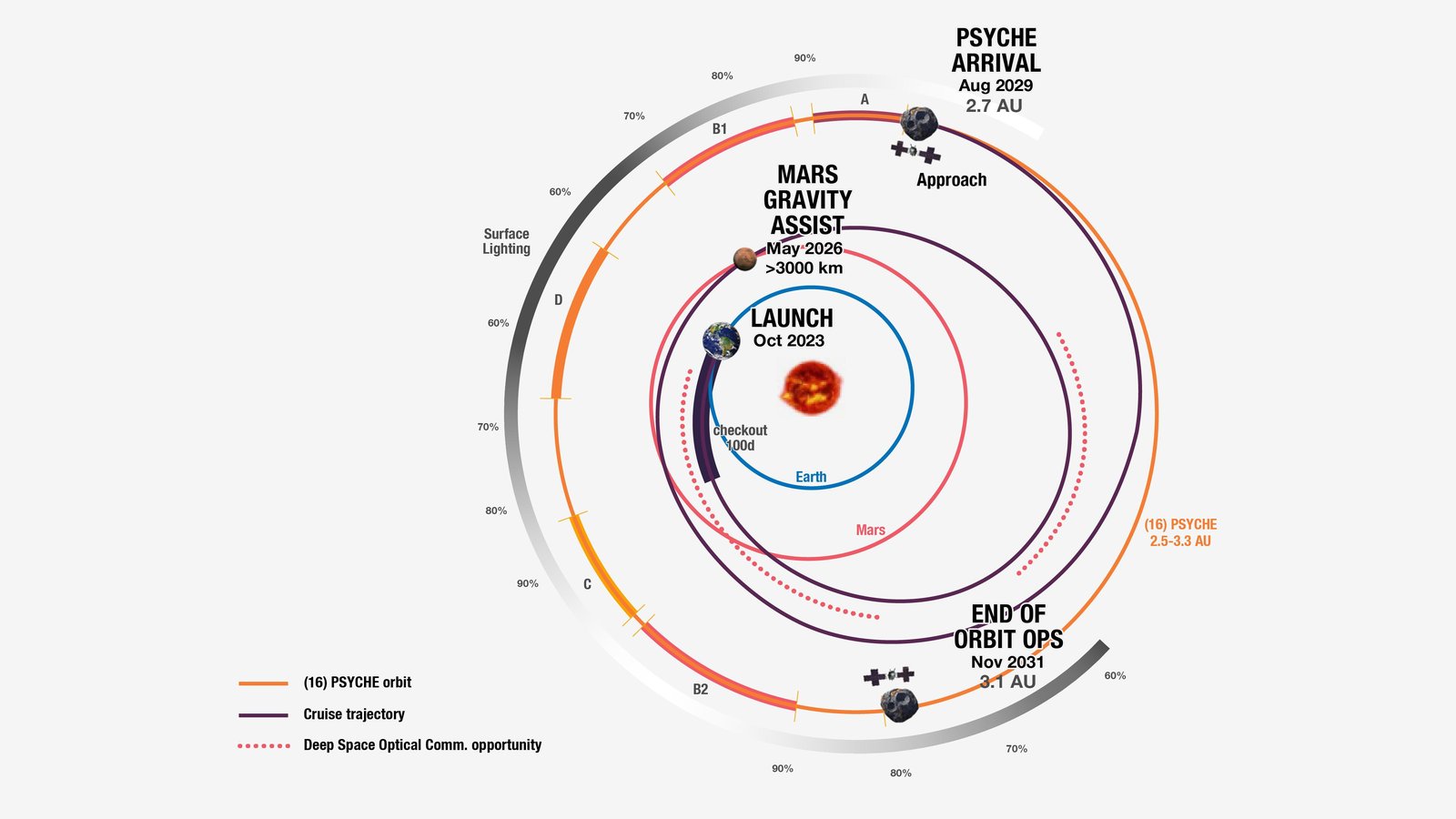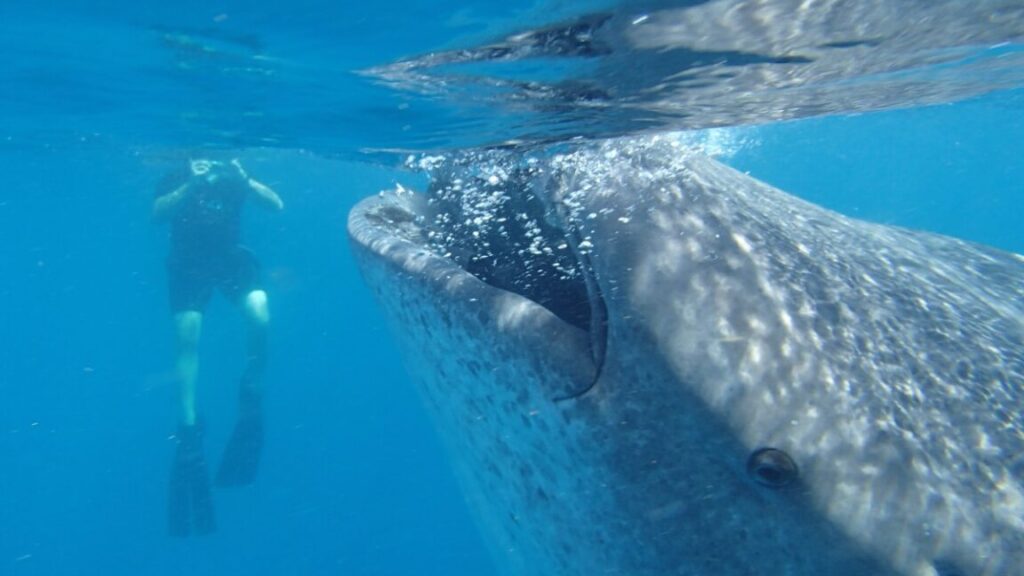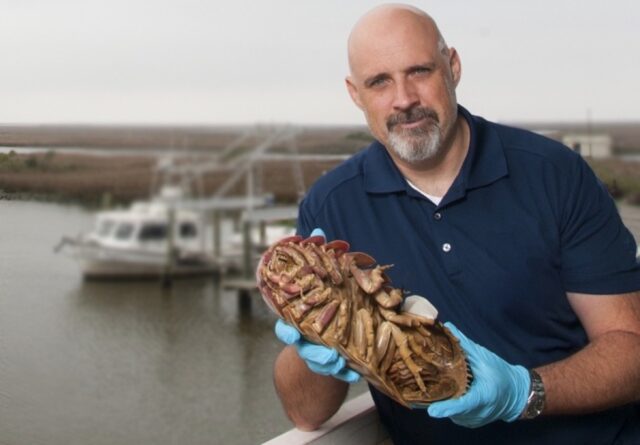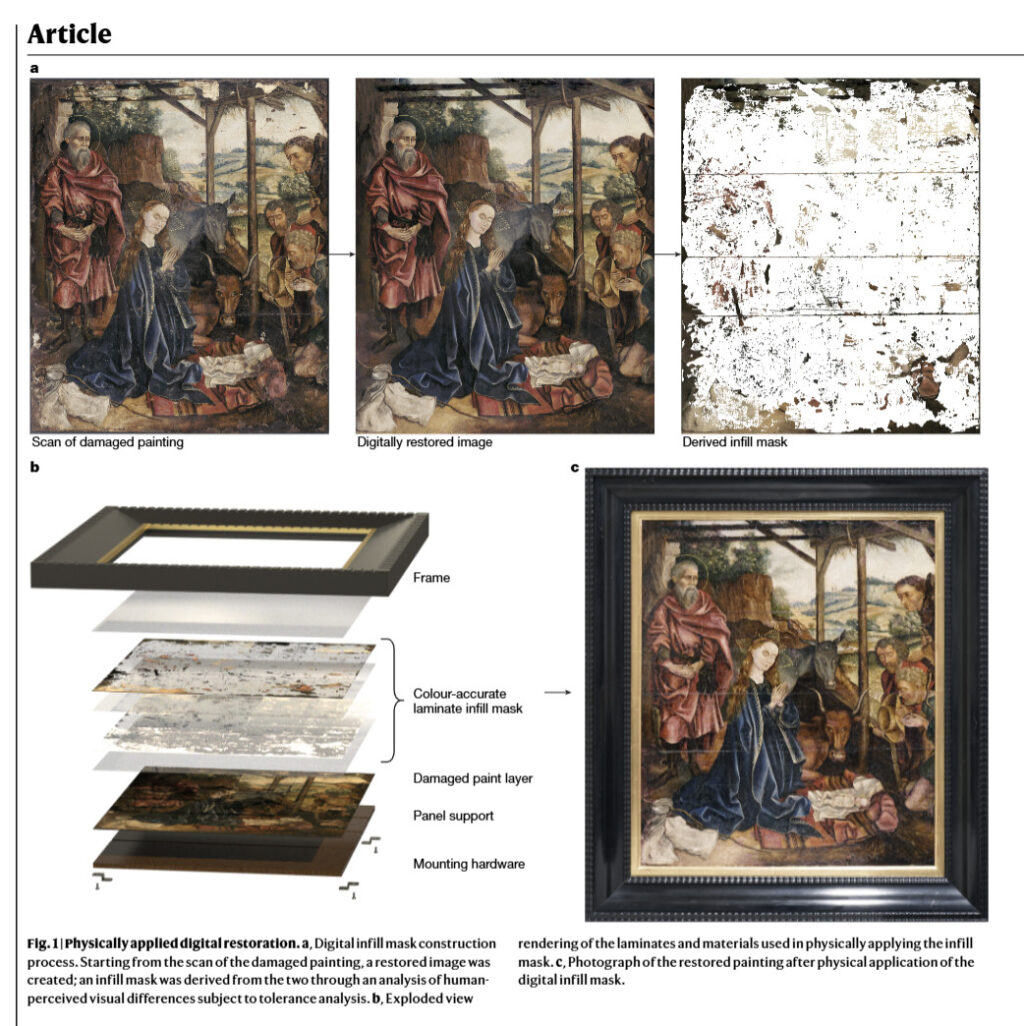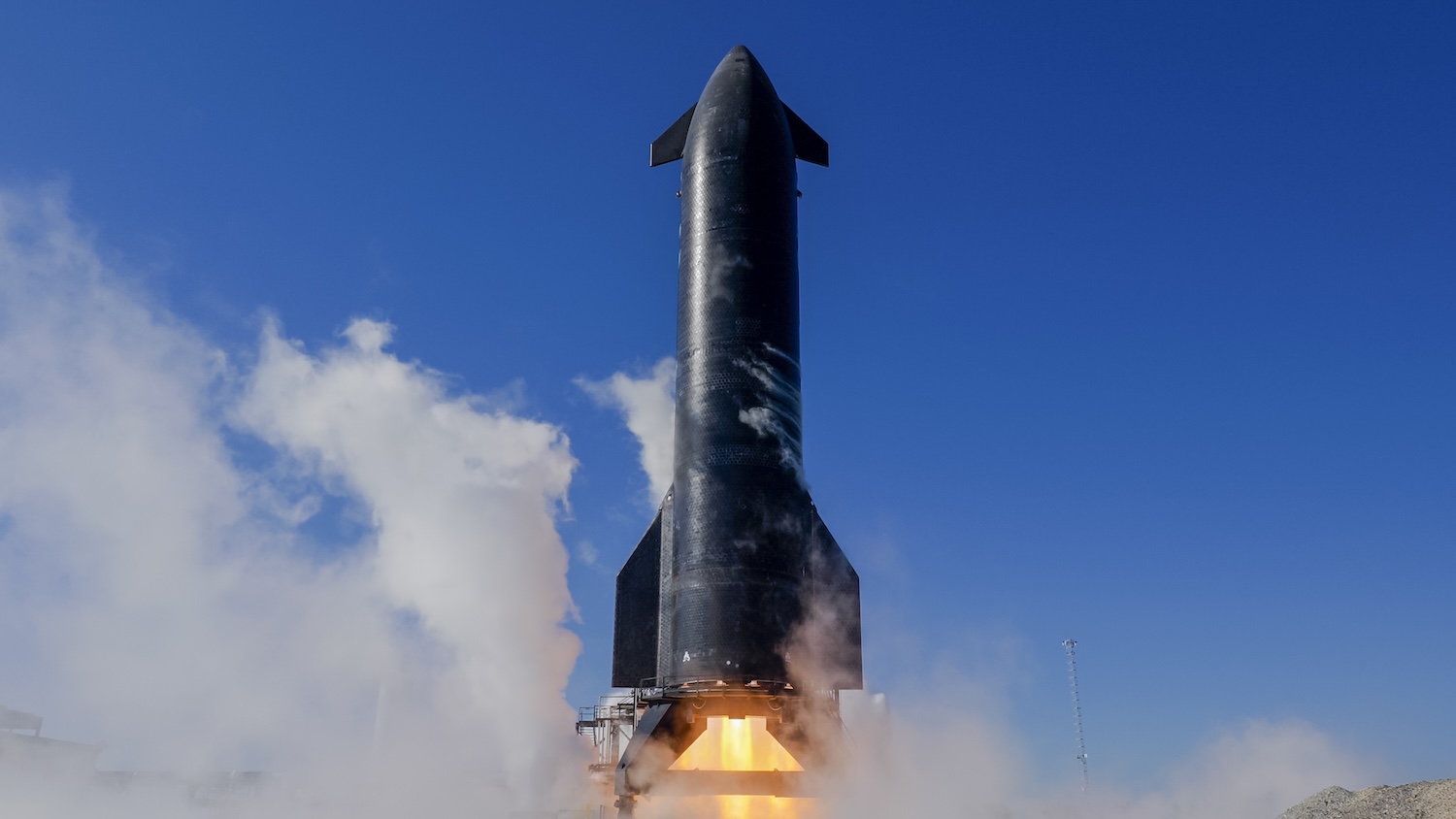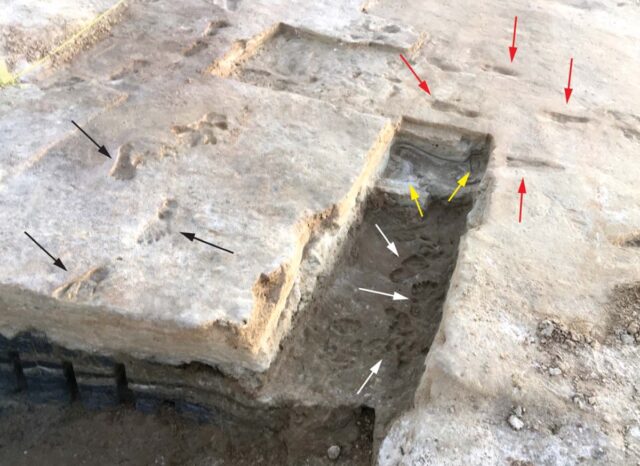Discovery of HMS Endeavour wreck confirmed
By 2016, RIMAP’s volunteers, operating on grants and private donations, had located 10 of the 13 wrecks, almost exactly where historical charts said they should be. And the search had gotten a boost from the 1998 discovery of a 200-year-old paper trail linking the troop transport Lord Sandwich to its former life as HMS Endeavour.
Narrowing the field
One candidate was found just 500 meters off the coast of Rhode Island (designated RI 2394), 14 meters below the surface and buried in nearly 250 years’ worth of sediment and silt. RIMAP’s team concluded in 2018 that this was likely the wreck of the Endeavour, although the researchers emphasized that they needed to accumulate more evidence to support their conclusions. That’s because only about 15 percent of the ship survived. Any parts of the hull that weren’t quickly buried by silt have long since decomposed in the water.
The ANMN felt confident enough in its own research by 2022 to hold that controversial news conference announcing the discovery, against RIMAP’s objections. But the evidence is now strong enough for RIMAP to reach the same conclusion. “In 1999 and again in 2019, RIMAP and ANMM agreed on a set of criteria that, if satisfied, would permit identification of RI 2394 as Lord Sandwich,” the authors wrote in the report’s introduction. “Based on the agreed preponderance of evidence approach, enough of these criteria have now been met… to positively identify RI 2394 as the remnants of Lord Sandwich, formerly James Cook’s HM Bark Endeavour. “
The Rhode Island Historical Preservation and Heritage Commission and the ANMM are now collaborating to ensure that the wreck site is protected in the future.
Discovery of HMS Endeavour wreck confirmed Read More »

